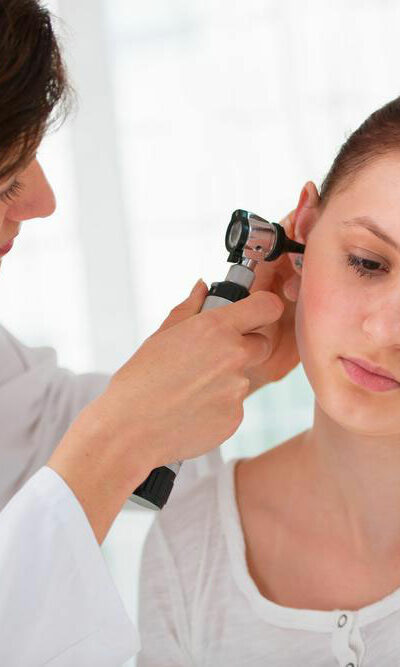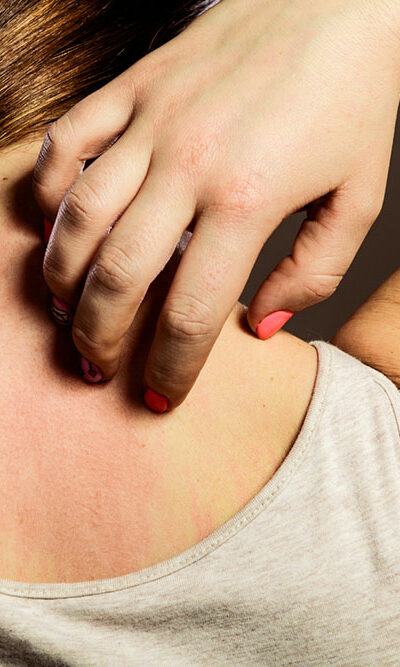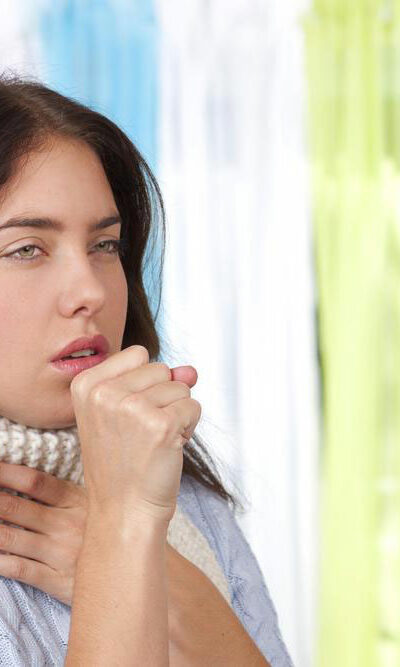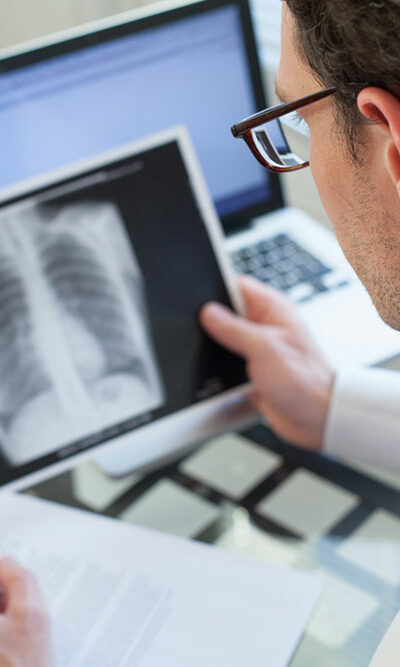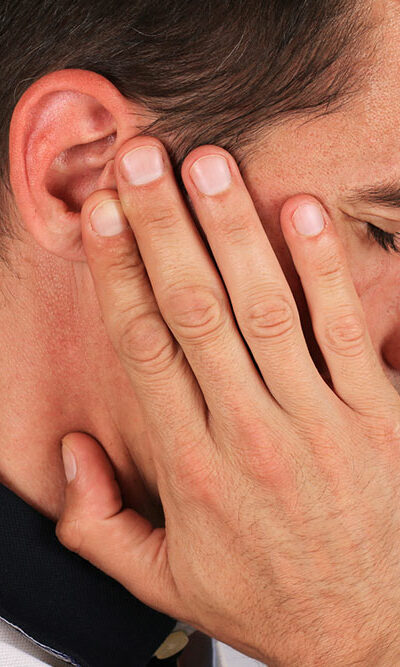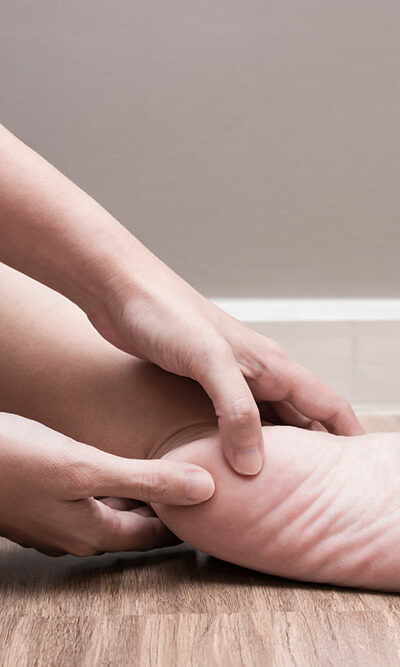
Migraine – Causes, Symptoms, and Cure
A migraine is a headache that occurs due to changes in the brain and the blood vessels surrounding it. This headache can last from four hours to three days, with the frequency varying from a daily basis to less than once a year. National Headache Foundation has found out that around 37 million people in the country have issues related to migraine. Also, it affects women three times more than it affects men. Causes of migraine headaches The exact causes of migraine headaches are yet not known, but it is believed that it occurs due to the expansion of the blood vessels and release of some chemicals, which results in the occurrence of pain. Two chemicals, namely serotonin and dopamine, have been found to be responsible for the occurrence of a migraine. These two chemicals are generally found in the brain but can result in abnormal functioning of blood vessels. It is, however, known that different triggers ignite a migraine, and different people have distinct triggers, which incite a migraine in them. Foods such as cheese, nuts, and chocolate are the causes of migraine headaches in some people. Others find that missing a meal can result in a headache, which eventually transforms into a migraine. Tension and stress are some other causes of migraine headaches. This stress could be emotional or physical. Symptoms of a migraine The symptoms of a migraine also vary with people. Five distinct phases of a migraine are known now. Prodrome A migraine has many pre-warnings before it occurs. Change in mood, change in sensations, fatigue, and muscle tension are some of the warnings which indicate that a migraine is about to occur. Aura This is kind of sensory disturbance which precedes a headache. Some people see blind spots and feel as if geometric patterns and colorful lights are visible.
